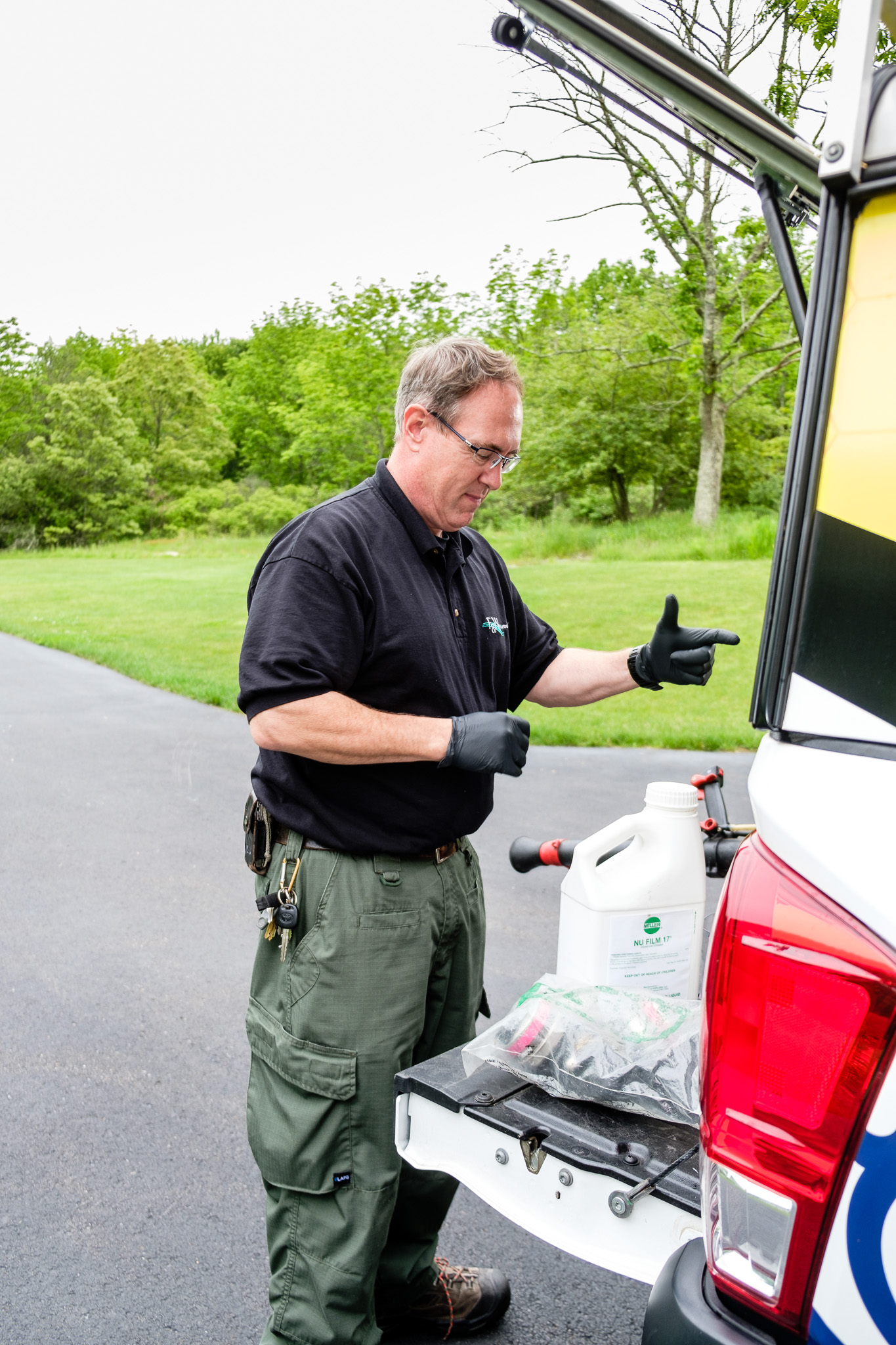Protecting Your Home From Dead Pollen Covered Wasps: What You Need To Know

Pest Control Near Me
Living in Wayland, Massachusetts, you may come across some of the most common pests in the area, including wasps. Wasps can cause immense annoyance for homeowners, especially when a nest is nearby. If you encounter dead pollen covered wasps in or near your home, it’s important to take the necessary precautions to protect yourself, your family, and your home. In this article, we’ll provide an overview of the most frequently asked questions about dead pollen covered wasps and how to handle this type of infestation.
What Is the Lifecycle of a Wasp?
Wasps have a relatively short lifespan, particularly in the winter when their food supply is limited. Wasps are divided into four life cycle stages: egg, larvae, pupa, and adult. The egg stage is the shortest segment, lasting only a few days, followed by the larvae and pupa stages. The final stage is the adult wasp, which lives for about two weeks. As wasps can live for several years, this cycle occurs multiple times during an individual wasp’s lifetime.
What Is the Difference between a Wasp Nest and a Wasp Infestation?
A wasp nest is one of the most visible signs of a wasp infestation, and it’s generally considered to be the less severe of the two. A wasp nest will look like a paper-like structure, usually found in sheltered ground areas like under porches, under eaves, or in tree crevices. While this type of wasp infestation is generally less aggressive, it can still be dangerous, especially if the nest is disturbed.
A larger infestation in a home is typically the result of a large population of wasps foraging inside the home and coming into contact with food or other substances that attract them. This type of infestation is much more serious and could potentially cause harm to people or animals in the home.
What Are the Warning Signs of a Wasp Infestation?
The most obvious sign of a wasp infestation is the presence of dead pollen covered wasps in and around your home. Dead pollen covered wasps generally indicate that there is a nearby nest, and seeing them in and around your home should prompt an immediate call to pest control professionals. Other signs of a wasp infestation include the presence of wasp nests, as well as any holes or cracks in the walls, windows, or doors that could provide potential access points for wasps.
What Can I Do to Get Rid of Dead Pollen Covered Wasps?
The most important thing you can do when dealing with dead pollen covered wasps is to contact a professional pest control service. While these insects may not seem like a major danger to your home, they could still cause issues if left untreated. Professional pest control experts will be able to assess your situation and determine the best course of action to get rid of the wasp infestation. Pest control professionals will typically use a variety of methods to eliminate the wasp population, including the use of insecticides, traps, and even natural options like a wasp-attracting plant.
Conclusion
Wasps in and around your home can be a nuisance, but they can also cause serious harm if left untreated. Knowing the signs of a wasp infestation, as well as the best methods for treating it, can help you protect your family and keep your home safe from unwelcome guests. If you spot dead pollen covered wasps in and around your home in Wayland, Massachusetts, contact F&W Pest Control for professional pest control services that will safely and effectively remove the wasp infestation from your property.
Pest Control Near Me
Searching for an easy fix to your pest problems? Here at F&W Pest Control, our exterminators will treat an array of different pest issues including termites, bed bugs, mosquitoes, and more! Long-term protection is right at your reach with the help of our highly trained team of exterminators in the Greater Boston area. Don’t allow pests to take over your home, put your trust in our pest control services to ensure a pest-free home. With our help, you won’t have to spend any more free time implementing DIY extermination methods!


